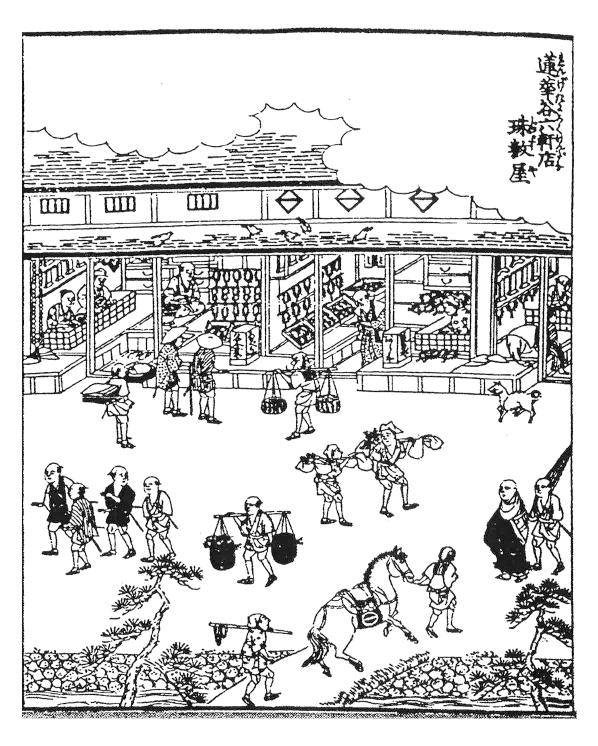Kyoto nenju are produced by experienced local artisans. These beads are globally famous, with people coming from around the world to buy them.Buddhist followers are not the only ones who purchase beads; Muslims and other groups also seek out and buy Kyoto nenju. In order to maintain and pass down the traditional Kyoto bead manufacturing techniques, the Kyoto Nenju Artisan Certification serves as a system to train craftspeople and improve their skills. Those who pass the exam are certified as "Kyoto Nenju Artisans."Only beads produced by certified artisans can be called "Kyoto nenju."
Kyoto nenju explained

Kyoto served as the capital of Japan for more than a thousand years, from the establishment of the capital in Heian-kyo to the relocation of the capital to Tokyo.Political functionality was moved to Tokyo under the Meiji Restoration, but the religious function stayed in Kyoto. Even now, it still occupies a central place in Japanese Buddhism. Out of that local and historical backdrop, Kyoto nenju emerged.Since the early-modern period, Kyoto has been one of Japan's leading production and distribution sites for silk textiles, giving easy access to the silk thread used to bind prayer beads, which was one factor leading to the local bead industry forming here.The unique division of labor system found in Kyoto, with many traditional sub-industries for different components and processes, proved critical in enabling the market to reach maturity. Due to the diversity of sects, measurements, and materials needed for Kyoto nenju, high-mix, low-volume manufacturing was needed. Without this unique division of labor, producing beads, which require numerous different materials and components, would never have been possible. Artisans have drawn on this advanced network to safeguard traditional techniques and evolve them further. In this way, Kyoto nenju are a veritable name brand in their own right, with the historical and regional characteristics of Kyoto on display.